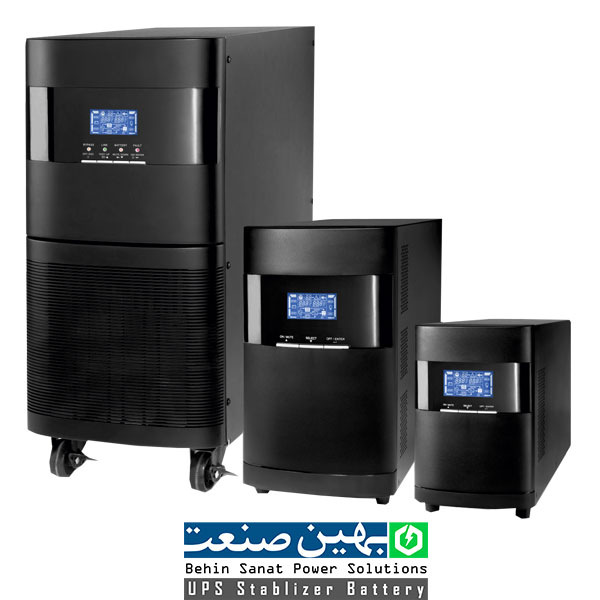Steps to Evaluate Your UPS System
본문

Conducting a UPS risk assessment is essential to ensure continuous power supply and protect critical equipment from unexpected outages
Begin by cataloging every piece of equipment dependent on UPS protection
Key assets include server racks, routers, switches, hospital equipment, access control units, and industrial controllers that demand constant electricity
Create a thorough equipment log including wattage, voltage, and runtime expectations
Examine the performance and integrity of your backup power systems
Check the age, capacity, and condition of the units
Older batteries may not hold a charge as effectively, and undersized systems can overload during peak demand
Ensure that preventive maintenance has been tracked and completed on time
Note any intermittent shutdowns or erratic behavior during power transitions
Determine whether ambient factors are compromising UPS performance
Excessive heat accelerates battery decay, while moisture and particulates cause corrosion and short circuits
Keep the space free of debris, with adequate air circulation and thermostat control
Also, confirm that the UPS is placed on a stable, level surface away from water sources or excessive vibration
Pinpoint components most likely to fail under stress
Don’t overlook the role of circuit breakers, fuses, and communication modules in system reliability
Check if redundancy has been intentionally omitted
Single-input configurations lack resilience during municipal power outages
Dual utility sources with seamless switching enhance reliability
Assess the financial and safety implications of power loss
How long can each system operate without power? What is the cost of downtime?
This helps determine the required runtime and whether additional battery packs or generators are needed
Assign priority levels based on regulatory, safety, and financial impact
Review your current monitoring and alerting systems
Are you notified immediately when the UPS switches to battery mode or experiences a fault?
Automated alerts reduce mean time to repair (MTTR)
Ensure alerts are sent to the right personnel and that responses are documented and tested
Develop a structured remediation roadmap
Replace aging battery banks, upgrade UPS units, and implement failover systems
Set quarterly inspections, annual full-load tests, and biennial battery swaps
Educate technicians on alarm codes, visual indicators, and emergency shutdowns
Reassessments should be embedded in your operational lifecycle
Conduct evaluations after power incidents or system expansions
Proactive planning ensures business continuity and خرید یو پی اس regulatory compliance


댓글목록 0